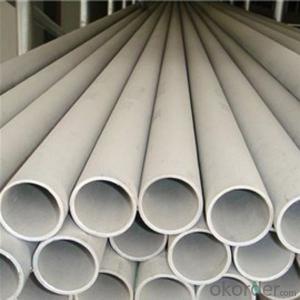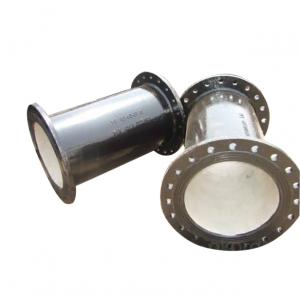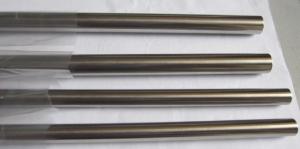Stainless Steel Pipe Screens
Stainless Steel Pipe Screens Related Searches
Best Paint For Stainless Steel Blanket Insulation For Steel Buildings Primer For Galvanized Steel Foam Filter For Stainless Steel H S Code For Stainless Steel Surface Grinding Wheels For Stainless Steel Surface Grinding Wheels For Hardened Steel Hole Saw For Stainless Steel Paint For Stainless Steel Stainless Steel For BbqHot Searches
Steel Mesh Panels For Sale Price For Stainless Steel Scrap Scrap Price For Stainless Steel Price For Stainless Steel Stainless Steel Tank For Sale Stainless Steel Sheets For Sale Cheap High Tea Sets For Sale Stainless Steel Tanks For Sale Stainless Steel For Sale High Density Fiberboard For Sale Solar Hot Water Collectors For Sale Scaffolding For Sale In Uae Scaffolding For Sale In Ireland Scaffolding For Sale In Houston Type Of Inverter For Solar Price Of Shipping Containers For Sale Types Of Inverter For Solar Stock Price For Aluminum Used Solar Inverter For Sale Steel Mesh Panels For SaleStainless Steel Pipe Screens Supplier & Manufacturer from China
Okorder.com is a professional Stainless Steel Pipe Screens supplier & manufacturer, offers integrated one-stop services including real-time quoting and online cargo tracking. We are funded by CNBM Group, a Fortune 500 enterprise and the largest Stainless Steel Pipe Screens firm in China.Hot Products
FAQ
- Indeed, underground drainage systems can utilize stainless steel pipes as they possess the necessary qualities. Stainless steel exhibits remarkable resistance against corrosion, rendering it an impeccable substance for scenarios involving exposure to moisture and other corrosive elements. Moreover, stainless steel pipes boast an extensive lifespan and necessitate minimal upkeep, thereby proving to be an economically sound choice for underground drainage systems. Furthermore, they possess the capability to endure high pressure and temperature fluctuations, thereby ensuring the longevity and dependability of the drainage system. All in all, stainless steel pipes deliver exceptional performance and represent a trustworthy option for underground drainage systems.
- Indeed, vacuum systems can utilize stainless steel pipes. Owing to its exceptional strength, resistance to corrosion, and minimal outgassing characteristics, stainless steel is widely favored in vacuum-related endeavors. It has the capacity to endure substantial levels of vacuum while upholding its structural integrity when subjected to pressure. Various industries, including aerospace, semiconductor manufacturing, and scientific research, commonly employ stainless steel pipes to construct their vacuum systems. Moreover, these pipes can be effortlessly cleaned and upheld, rendering them a dependable and enduring choice for vacuum applications.
- Yes, stainless steel pipes can be used for sewage systems. Stainless steel is highly resistant to corrosion and can withstand the harsh conditions and chemicals found in sewage. It also has a smooth surface, which helps prevent the buildup of waste and reduces the risk of clogging. Additionally, stainless steel pipes are durable and long-lasting, making them a reliable choice for sewage systems.
- Yes, stainless steel pipes can be used for steam piping. Stainless steel is known for its high resistance to corrosion, making it an excellent choice for steam applications. Steam piping requires materials that can withstand high temperatures and pressure, and stainless steel is capable of meeting these requirements. Additionally, stainless steel pipes have good thermal conductivity, ensuring efficient transfer of heat in steam systems. However, it is important to consider the specific grade of stainless steel and its suitability for steam applications, as some grades may be more appropriate than others depending on the conditions and requirements of the system.
- To calculate the required support spacing for stainless steel pipes, you need to consider factors such as the pipe material, size, weight, temperature, and the support system used. The most common method is to refer to industry standards and guidelines, such as the American Society of Mechanical Engineers (ASME) B31.1 or B31.3 codes, which provide formulas and charts to determine the appropriate support spacing based on these factors. Additionally, consulting with a structural engineer or piping specialist is recommended to ensure accurate calculations and comply with safety regulations.
- Yes, stainless steel pipes can be used for underground gas lines. Stainless steel is highly resistant to corrosion and can withstand extreme temperatures, making it a suitable material for underground gas distribution systems. Additionally, stainless steel pipes have a long lifespan and require minimal maintenance, making them a reliable choice for underground gas line installations.
- Stainless steel pipes prove to be a viable option for transporting gas or oil due to their exceptional resistance to corrosion. Their ability to withstand corrosive fluids makes them highly suitable for this purpose. The pipes' resistance to rust, oxidation, and various types of corrosion ensures the pipes' longevity and integrity. Moreover, stainless steel pipes exhibit remarkable strength and durability, enabling them to endure high-pressure scenarios commonly encountered in gas or oil transportation. Additionally, the pipes' smooth inner surface guarantees low frictional resistance, facilitating efficient fluid flow. Nonetheless, when selecting stainless steel pipes for gas or oil transportation, it is crucial to consider factors like the stainless steel grade, compatibility with the specific gas or oil being transported, and adherence to relevant industry standards and regulations.













































